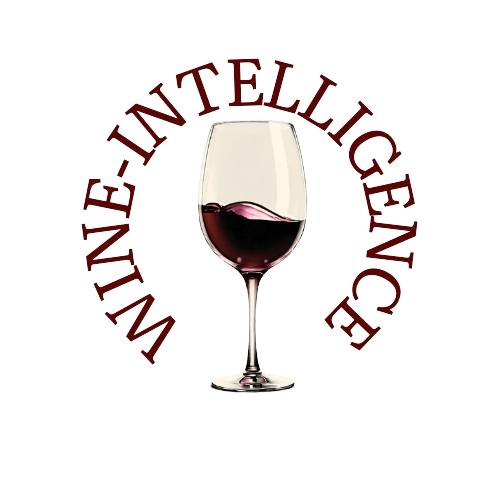For the first time in years, Russia’s retail wine market is showing signs of decline, as reported in spring 2025.
The drop in wine sales—both still and sparkling—is part of a broader contraction in alcoholic beverage consumption, with the exception of a few rising categories like liquor, vodka, and strong spirits such as whiskey, tequila, and rum. According to data from Rosalkogoltobakkontrol, provided via RBC Vino, retail alcohol sales (excluding beer) fell by 13.5% year-on-year during the first five months of 2025. This marks a return to consumption volumes last seen in 2017–2018, according to EGAIS, the national alcohol monitoring database.
Sales Breakdown: Which Categories Are Affected?
- Still wines dropped by 1.7%, totaling 22.3 million decaliters
- Sparkling wines fell by almost 4%, to 7.9 million dal
- Vodka declined by 5.8% (29.2 million dal)
- Cognac sales slid 11.4% (5.1 million dal)
- Liquor bucked the trend with a 14% increase
- Low-alcohol products plunged by 89.2%, largely due to tax-related reclassification into beer drinks
Despite the spring downturn, the pace of decline appears to have slowed slightly by early summer. In Q1 2025, still wine sales were down 2%, but that figure moderated by May.
Causes: Price Inflation and Shifting Habits
The wine market’s recent contraction is seen by experts as a “market correction” rather than a collapse. Alexander Stavtsev, Vice President of the Association of Retail Market Experts, attributes the earlier growth (post-2017) to:
- A general economic rebound
- The introduction of Protected Geographical Indications (PGIs) for domestic wines, which boosted the image and availability of affordable, quality Russian wines
Back then, a decent bottle of local wine could be found for 300 rubles. Now, average prices exceed 600 rubles, making wine less accessible to price-sensitive consumers.
Two Emerging Consumer Strategies
Stavtsev notes a dual trend in consumer behavior:
- Substitution: Some consumers are moving away from wine entirely and shifting to vodka, liquors, or international spirits like whiskey or gin.
- Reduced Frequency: Others still value wine but are simply buying less often, perhaps focusing on occasional indulgence rather than regular consumption.
This shift is seen in both sales volume and diversification across categories.
Historical Context: From Steady Growth to Sudden Drop
EGAIS data shows how wine retail steadily increased until 2025:
- Still wine sales rose from 18.1 million dal (2017) to over 21 million dal (2020) before peaking and declining in 2025
- Sparkling wine grew consistently, adding 400–700 thousand dal yearly since 2017
- Liqueur wines saw exceptional growth: from 45.9 thousand dal in 2017 to 509 thousand dal by 2023, a more than 10-fold increase
But 2025 marked a turning point: all three wine categories—still, sparkling, and liqueur—registered a year-on-year drop for the first time in the post-2017 monitoring era.
Conclusion: Market Outlook and Industry Implications
The current slowdown in Russia’s wine sector reflects both macroeconomic pressures and changing consumer behavior. While part of the decline can be attributed to inflation and rising production costs, the evolution of preferences—toward stronger spirits or less frequent purchases—suggests a deeper strategic realignment in how Russians interact with alcohol.
Source: RBC Vino

